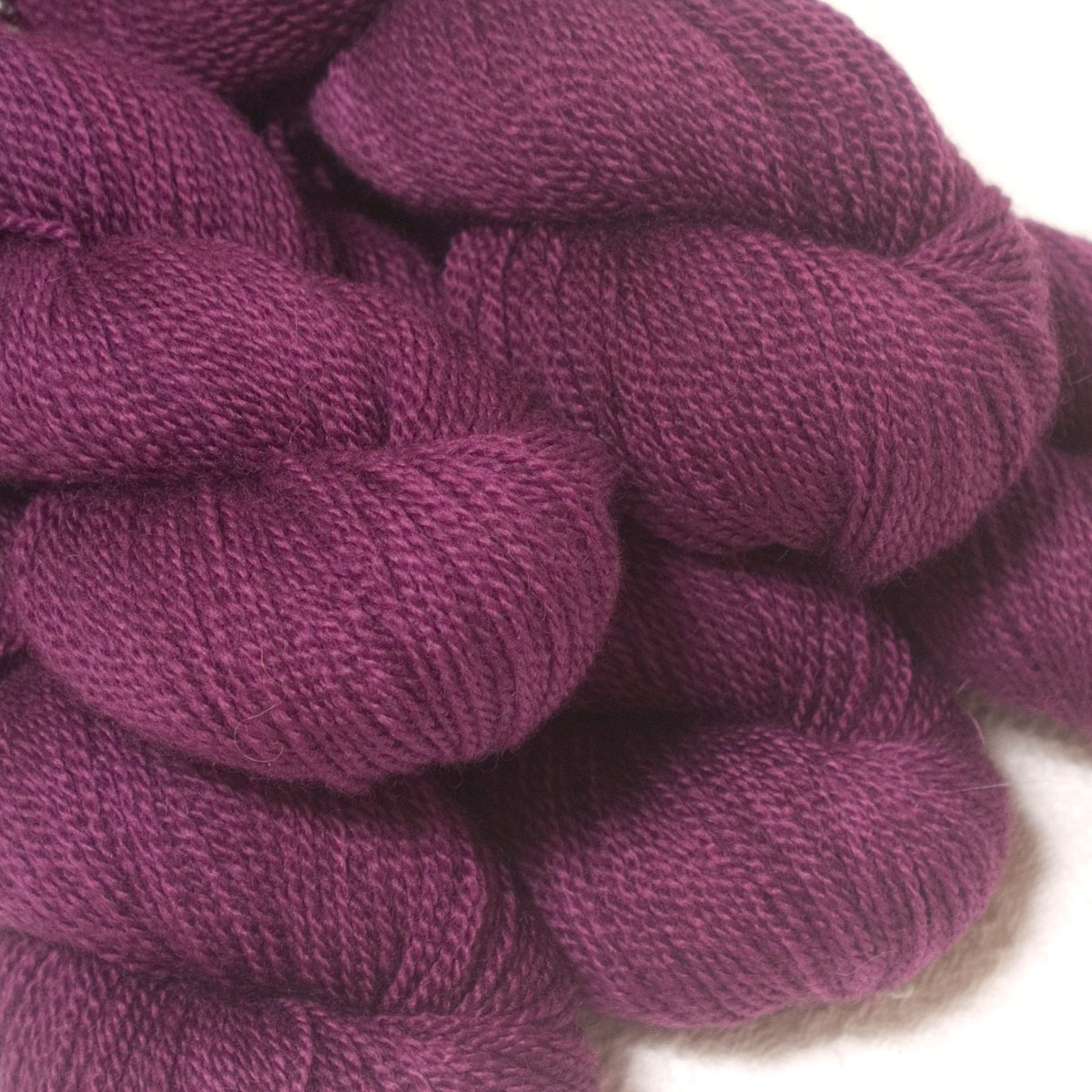

The apparent final straw was the Muslim conquest of the Levant in 639, in which the royal Byzantine dying industry was destroyed. In the sixth century, Justinian put the tekhelet and argaman industries under a royal monopoly, causing independent dyers to cease their work and find other employment. The idea that it was illegal to wear tekhelet is corroborated by a Talmudic story, in which rabbis caught smuggling tekhelet were liable to the death penalty. Nero made laws that stated no one was allowed to wear purple because it was the color of royalty, and specifically he forbade goods dyed with Purpura (the name used for the Murex trunculus) under penalty of death. Already in the first century, Caesar and Augustus restricted the use of the Murex dye to the governing class. This loss appears to have been caused by a progression of historical events.

The Talmud mentions use of tekhelet in the period of Rav Ahai (5th–6th century) however the Tanhuma (8th century) laments that tekhelet has been lost. Īt some point following the Roman destruction of the Second Temple during the Siege of Jerusalem in 70 CE, the identity of the source of the dye was lost, and since then Jews have only worn tzitzit without tekhelet. In the Amarna letters (14th century BCE) tekhelet garments are listed as a precious good used for a royal dowry. The manufacture of tekhelet appears to date back to at least 1750 BCE in Crete. History Murex shells from the Iron Age II period (10th-7th centuries BCE) with ancient remains of purple on the shards seen on the right. This implies that tekhelet was difficult to obtain and expensive, an impression further corroborated by the later rabbinic writings. All Biblical mentions of tekhelet (both secular and priestly) attribute its usage to some kind of elite. Ezekiel 27:7 states that tekhelet-cloth could be obtained from "isles of Elishah" (likely Cyprus). The color could be used in combination with other colors such as 2 Chronicles 3:14 where the veil of Solomon's Temple is made of blue-violet ( Tekhelet), purple (Hebrew: אַרְגָּמָן Argaman) and scarlet (Biblical Hebrew: שָׁנִי ( Shani) or כַּרְמִיל karmiyl). The remaining 6 in Esther, Jeremiah and Ezekiel are secular uses, such as when Mordechai puts on "blue and white" "royal clothing" in Esther. Of the 49 or 48 uses of the word tekhelet in the Masoretic Text, one refers to fringes on cornered garments of the whole nation of Israel ( Numbers 15:37–41), 42 refer to the priesthood or temple clothes and garments. There are three differing opinions in rabbinic literature regarding the number of strings that should be dyed with tekhelet: two strings, one string, or one-half string. The snail Hexaplex trunculus (historically known as Murex trunculus) is widely considered to be the creature responsible for producing authentic tekhelet.Ī garment with tzitzit consists of four tassels, each containing four strings. In recent times, many Jews believe that experts have identified the Ḥillazon and rediscovered the process for manufacturing tekhelet, leading to the revival of its use in tzitzit. However, the knowledge of tekhelet production was lost during the Middle Ages, leading to the omission of tekhelet from tzitzit. According to later rabbinic literature, it was exclusively derived from a marine creature known as the Ḥillazon.

The Bible does not specify the source or production method of tekhelet. The mention of tekhelet is particularly notable in the third paragraph of the Shema, referencing Numbers 15:37–41. In the Hebrew Bible and Jewish tradition, tekhelet was used to color the clothing of the High Priest, the tapestries in the Tabernacle, and the tzitzit (fringes) attached to the corners of four-cornered garments, including the tallit. Tekhelet ( Hebrew: תְּכֵלֶת təḵēleṯ alternative spellings include tekheleth, t'chelet, techelet, and techeiles) is a highly valued dye described as "blue-violet”, “blue”, or "turquoise" that held great significance in ancient Mediterranean civilizations. A blue dye mentioned in the Hebrew Bible and prized by ancient Mediterranean civilizations A set of Tzitzit, four tassels or "fringes" with blue threads produced from a Hexaplex trunculus-based dye – tied according to the opinion of the Sefer ha-Chinuch.


 0 kommentar(er)
0 kommentar(er)
